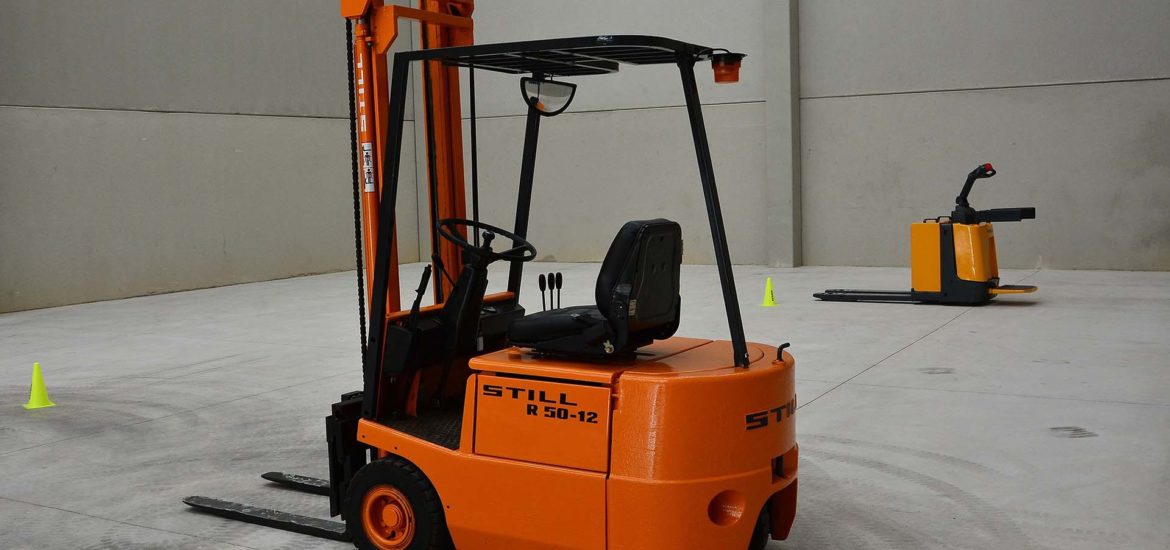Logistics management is the control of the flow of goods, services from the source of production to the market. The process involves the need to plan, implement and control the efficient, effective flow & storage of goods. It requires knowledge of communication, transport and warehousing.
The Importance of Logistics Management
Developing an efficient logistics system for a company’s business is essential to ensure that the trade runs smoothly. Being able to deliver the goods to its customers with logistical management is vital for any company. Selling on time and in good condition is a major component of any domestic and international business.
Learn More : 8 Factors to Consider When Transporting Goods in Business Logistics
Choosing the right transport method and understanding the logistics process from the warehouse to the goods final destination should not be underestimated. Adopting comprehensive performance measures and metrics is required to uncover hidden performance opportunities and problems. If an Exporter builds a sound logistics platform, his international trade will be efficient to manage. Therefore above all it would be profitable.
Logistics Strategy
To manage logistics effectively, a strategy has to be developed which is directed toward three main objectives, namely
- Cost Reduction
- Capital Reduction
- Service Improvement
Cost reduction is directed towards minimizing the variable costs associated with the movement and storage of goods. The best strategy is usually formulated by evaluating alternative courses of action. Such as choosing between different warehouse locations or selecting between alternative transportation modes or carriers. Service levels typically are held constant while cost minimizing alternatives are analyzed. Profit maximization is the prime goal.
Capital reduction is directed towards minimizing the level of investment in the logistics system. Maximizing the return on investment is the motivation for this strategy. Examples include shipping directly to customers to avoid warehousing costs, choosing less expensive external warehousing facilities, selecting a just in-time stocking approach rather than stocking to inventory, or using third- party providers of logistics services.
Also Read : 4 Shipping Methods to Transport Your Business Goods
Service improvement strategies usually recognize that revenues are a function of the level of logistical services provided. Although costs increase rapidly with increased levels of logistical customer service, increased revenues may offset the higher costs. To be most efficient, the service strategy is developed in contrast to that of competitors; providing differentiating services that customer’s value and that are not provided by competitors.

Implementing Logistics Management
The key to addressing such issues is by incorporating data warehousing systems into the logistical management system. This can provide significant benefits in relation to the overall control and delivery of goods.
Learn More : 8 Factors to Consider When Transporting Goods in Business Logistics
Implementing sensible transportation management solutions and the benefits they generate in a commercial environment can reap rapid rewards. The planning and optimization, execution, monitoring and performance measurement, and simulation capabilities of transport tracking solutions can provide a broad set of benefits if they are setup properly, including
- Lower Transportation Costs – the ability to help enable better asset utilization through optimal routing, mode, load consolidation, and carrier selection, can significantly lower costs.
- Improved Service – track and trace capabilities, global end-to-end visibility, and intelligent monitoring and exception management help significantly improve service and agility.
- Better Decision Making – Logistical planners should have system visibility into future movements of materials and goods, which would increase the ability to make dynamic sourcing and delivery decisions.
- Improved Management – powerful exception detection, alerting, and intelligent resolution processes help resolve transportation problems quickly, minimizing the downstream impact of exceptions.
- Pro-Active Logistics Management – Logistical managers can optimally manage transportation instead of leaving this to external sources to manage.
- Greater Control – Using automated software solutions can help manage the thousands of movements per day that transport planners cannot possibly handle, thereby increasing and improving control over the entire transportation network and its operation.
- User Flexibility – the ability to localize and manage information allows the implemented transportation management system to be used by a wide number of users at the appropriate level of detail for better and more coordinated decision making.
- Continuous Improvement – A good logistics management system would provide comprehensive performance reporting and analysis capabilities, giving the ability for continuous improvements throughout the businesses transportation network.

Management Problems to Be Addressed & Solved
The most common problems associated with supply-chain/logistical management are identified and these would need to be addressed to ensure a transparent and effective logistical system is implemented.
- Distribution Network Configuration – Number, location and network missions of suppliers, production facilities, distribution centers, warehouses, and customers.
- Distribution Strategy – Questions of operating control. Be it centralized, decentralized or shared. What is the Delivery scheme – e.g. direct shipment, consolidated shipping, direct store delivery, etc. and Mode of transportation – e.g. road, air, sea, or rail?
- Trade-Offs in Logistical Activities – The above activities must be well coordinated in order to achieve the lowest total logistics cost. Trade-offs may increase the total cost if only one of the activities is optimized ñ e.g. full truckload (FTL) rates are more economical on a cost/pallet basis than less than truckload (LTL) shipments. If, however, a full truckload of a product is ordered to reduce transportation costs, there will be an increase in inventory holding costs which may increase total logistics costs. It is therefore imperative to take a systems approach when planning logistical activities. These trade-offs are key to developing the most efficient and effective logistics strategy.
- Information – Integration of processes through the supply chain to share valuable information, including demand signals, forecasts, inventory, transportation, potential collaboration, etc.
- Inventory Management – Quantity and location of inventory, including raw materials, work-in-progress (WIP) and finished goods.
- Cash Flow – Arranging the payment terms and methodologies for exchanging funds across entities within the supply chain.
Key to Supply Chain
Logistical/supply chain execution means managing and coordinating the movement of materials, information and funds across the supply chain. To be fully functional, the flow of information has to be bi-directional.
Do you know more about Logistics Management? Comment them on Trdinoo for others to learn. Please subscribe and share us with your friends and networks.
